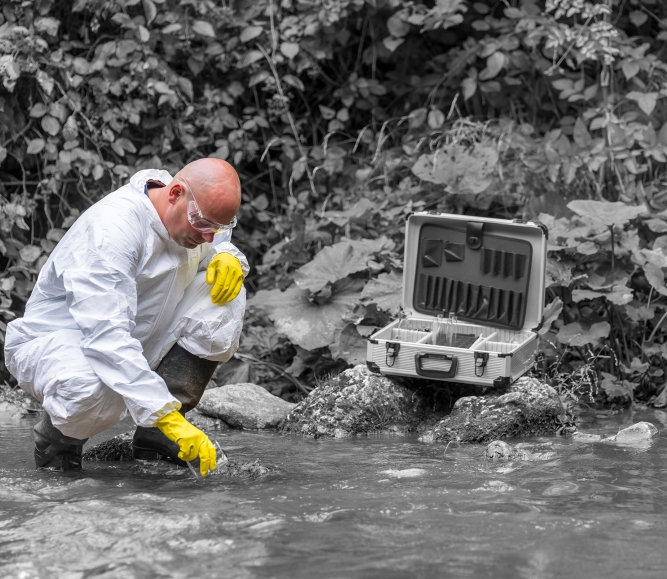Fluoride in drinking water: History, safety and benefits for community health
Author
Upcoming Events
Related News

Key Takeaways
Water fluoridation has been in the news in recent months, amid new debates of state and local policies and discussion among political leaders. The de Beaumont Foundation
What is fluoride and how safe is it?
Fluoride is a naturally occurring mineral found in air, water, soil, plants and many foods. More than 75 years of research and experience show that a safe level of fluoride in water — 0.7 to 1.2 milligrams per liter — strengthens teeth, helps to prevent cavities, and decreases costly visits to the dentist.
How does water fluoridation take place in communities?
Because natural levels of fluoride vary across locations, community water fluoridation is determined by state and local governments. Often, voters make the decision to adjust fluoride levels to improve public health. The U.S. Environmental Protection Agency (EPA) sets and regulates a maximum level of fluoridation in public water systems, but the federal government cannot require states or localities to fluoridate their water, nor can it remove fluoridation in jurisdictions where it is already policy.
As of December 2024, about 73% of community water systems in the United States fluoridate their water. To find out more about public water fluoride levels in your county, check the Centers for Disease Control and Prevention’s (CDC) “My Water Fluoride Tool” or contact your local water provider.
What are the health benefits of drinking fluoridated water?
Fluoride keeps teeth strong, by exposing them to a consistent, low level of fluoride throughout the day. This protects teeth from decay, leading to less pain and fewer cavities, tooth fillings, and pulled teeth in the long term. According to the National Association of City and County Health Officials, a combination of brushing with fluoride toothpaste and drinking fluoridated water is ideal to prevent cavities and decay.
Community water fluoridation started in 1945 and was named one of ten great public health achievements of the 20th century by the CDC. Before water fluoridation began, children had about three times as many cavities as they do today.
What are the economic benefits of water fluoridation?
Fluoride prevents expensive dental treatments. One tooth can develop multiple cavities, and each cavity can cost hundreds of dollars to treat. If untreated, cavities can lead to more serious conditions. According to the CDC, communities served by fluoridated water save an average of $32 per person per year by reducing treatment for cavities, and communities of 1,000 or more people see an average return on investment (ROI) of $20 for every $1 spent on water fluoridation.
Protecting oral health also keeps community members working and productive, resulting in fewer missed days of work and school.
Related News

Congress passes SUPPORT Act reauthorization
On September 18, the U.S. Senate passed the SUPPORT for Patients and Communities Reauthorization Act of 2025 (SUPPORT Act Reauthorization) (H.R. 2483) by voice vote, following House passage earlier this year. With strong bipartisan backing in both chambers, the legislation now heads to the President’s desk for signature.

SUPPORT Reauthorization Act of 2025: What it means for counties
On December 1, the bipartisan SUPPORT for Patients and Communities (SUPPORT) Reauthorization Act of 2025 (H.R. 2483) was signed into law. The reauthorization renews vital federal funding for programs that seek to prevent opioid overdoses and expand treatment and recovery options.

CMS releases new guidance on Medicaid provider tax provisions in OBBBA
The Centers for Medicare & Medicaid Services (CMS) has released new guidance outlining how it will implement significant Medicaid financing changes enacted in the One Big Beautiful Bill Act (OBBBA). These provisions restrict states’ ability to use health care-related taxes, commonly known as provider taxes, to help finance the non-federal share of Medicaid.
Resource
Water Quality Management at the County Level

